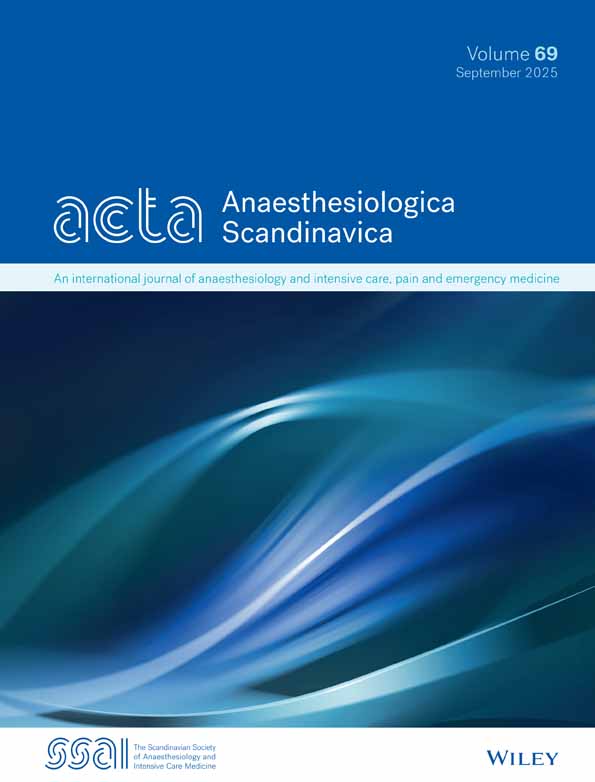Has basic research contributed to chronic pain treatment?
Abstract
Our understanding of nociceptive processing and of plastic changes after persistent noxious input has increased immensely within the last two decades. It is now clear that long-lasting noxious stimulation or damage to the nervous system give rise to a neuronal hyperexcitability and that this sensitisation of the nervous system plays an important role for development and maintenance of chronic pain. The manifestations of such hyperexcitability are numerous and include among others: increased neuronal response to a suprathreshold stimulus, expansion of the peripheral areas from where a central neurone can be activated and the recruitment of previous non-responding nociceptive neurones. Furthermore, it has been possible to modulate this neuronal hyperexcitability by the discovery of molecular targets for pain, by sequencing DNA of ion channels and receptors and by development of new molecules that exert their effects on these molecular targets. The changes in responsiveness appear to be partly time and intensity dependent and partly dependent on the cause of injury. Whereas relatively short-lasting and moderate noxious input leads to reversible plastic changes, more intense and long-lasting noxious stimulation implies a risk for persistent and more profound alterations in transmitters, receptors, ion channels and in neuronal connectivity. Despite the explosion of new knowledge in pain processing and in molecular background for neuroplasticity, this progress has unfortunately not resulted in a corresponding improvement of our ability to treat chronic pain. The number of patients with chronic unrelieved pain is still high and newer types of treatment have so far not resulted in a substantially better treatment. Nevertheless, there is now an ongoing systematic research in which chronic pain conditions are assessed in a fashion so that mechanisms underlying pain can be dissected. Moreover, controlled clinical trials together with systematic reviews are carried out which in the future should permit formulation of treatment algorithms for chronic pain. Finally, it is likely that the development of new specific types of treatment will show efficacy if they are evaluated and analysed not on the global pain experience, but more specifically on those targets and elements of the pain experience they are aimed to deal with.




